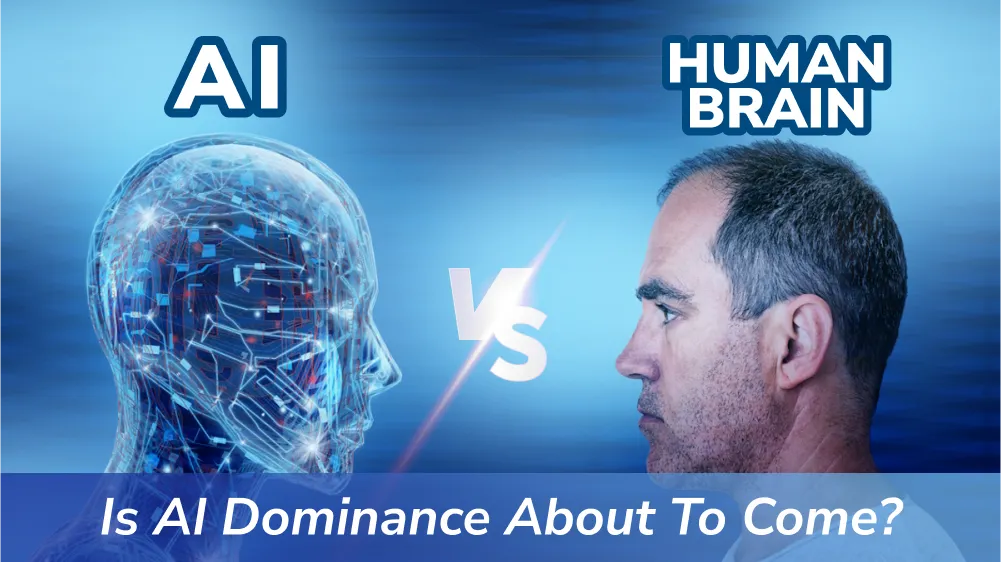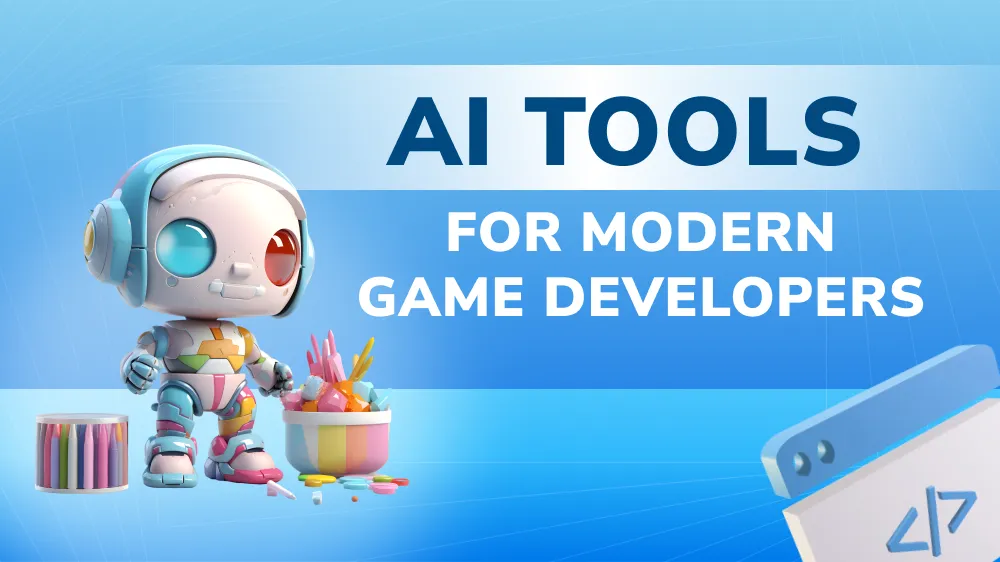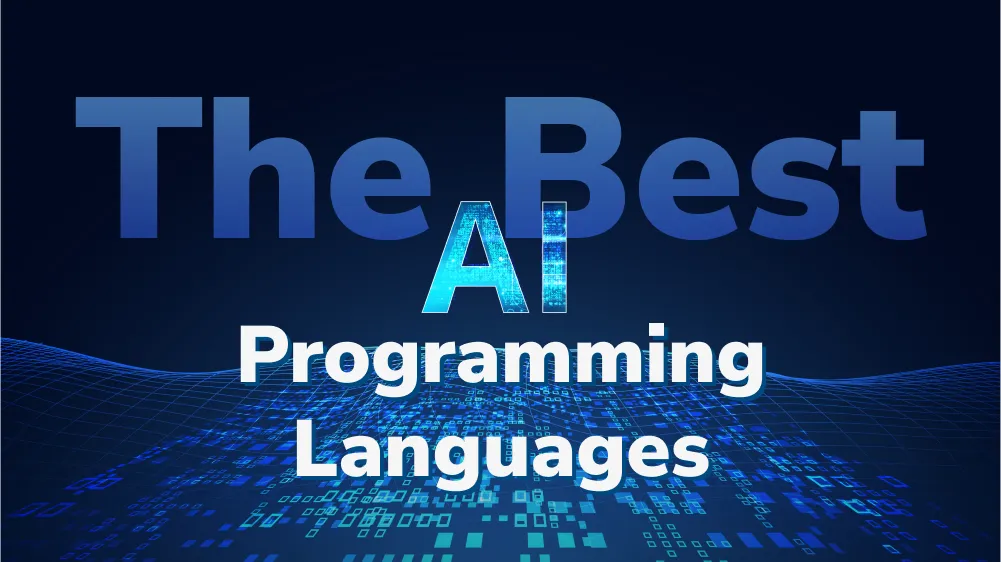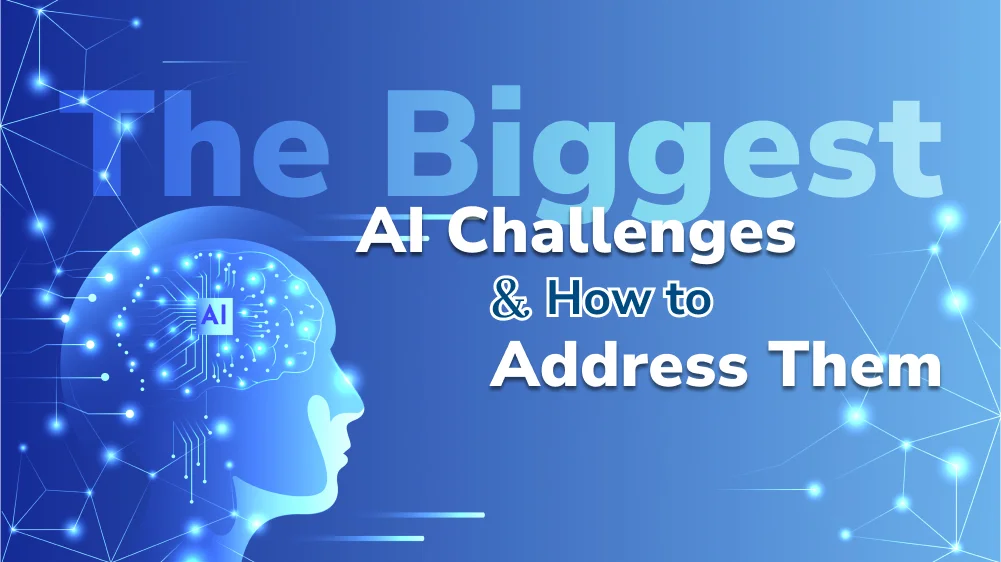Artificial Intelligence (AI) vs. Machine Learning (ML) vs Deep Learning (DL): A Beginner’s Guide

Content Map
More chaptersSince the start of the Information Age (or the Digital Age), technology has been constantly and rapidly on the rise. Digital Revolution has since been one of the biggest, most-talked about topics that any decision maker needs to know and adapt to. Among all the technology trends, Artificial Intelligence (AI) stands out as one of the most vital, essential fields of technology.
Alongside with AI, other terms start coming up such as Machine Learning (ML) and Deep Learning (DL), sometimes used interchangeably. So what exactly do these terms mean and how do we distinguish between them? Let’s walk through the differences between these terms and what each technology can do for your business.
What Is Artificial Intelligence?
“A computer would deserve to be called intelligent if it could deceive a human into believing that it was human.”
Alan Turing
First coined at Dartmouth College in 1956, AI has been an attractive field of technology and research that many enthusiasts and experts pursue, due to its appealing and transformative nature. Even though at first it seemed like an impossible ideal as computers were inaccessible and expensive, as technology advances, humans have been reaching closer and closer to what AI is supposed to be, developing intelligence demonstrated by machines through the simulation of human intelligence.
AI is classified into two types as follows:
- Artificial Narrow Intelligence (ANI), also known as Narrow AI or Weak AI, which is the only type of AI that is achieved up to date. Narrow AI is goal-oriented, and the machines perform under a limited set of constraints and limitations. Narrow AI cannot think like humans, but only mimics and simulates human intelligence based on algorithms. Narrow AI uses natural language processing (NLP) to understand text and speech to perform tasks and communicate with humans.
- Artificial General Intelligence (AGI), also known as Strong AI or Deep AI, is a concept of AI that develops human general intelligence, and is capable of displaying human intelligence by performing tasks and learning and adapting to new knowledge by itself. AGI is the answer to the question “Can machines think?” However, AGI is not yet achievable, and even though not implausible, it is not currently attainable in the near future.
What Is Machine Learning?
Coined in 1959 by Arthur Samuel, Machine Learning (ML) is a branch of AI and computer science that focuses on using data and algorithms to simulate the way that humans learn in order to predict outcomes accurately and improve upon past experiences without being explicitly programmed to do so.
For a ML model to work, it is fed parameter data with known answers, in order to “learn” and find the right patterns and make predictions. Eventually, the ML model can work with unseen data to make predictions accurately. The most important part of ML is that data has to be reliable and appropriate for the ML model to operate and learn properly.
There are two types of learning in ML:
- Supervised Machine Learning: In SML, algorithms are trained using labeled data, which maps an input to an output based on example input-output pairs. SML is easier and more accurate, however, it needs human intervention often as data needs to be labeled before being fed to the ML model.
- Unsupervised Machine Learning: Opposite to SML, UML uses machine learning algorithms to cluster and analyze unlabeled datasets. It allows the ML model to work on its own and discover unknown patterns and information. Even though not as accurate as SML, UML works in real-time with a wider range of data.
What Is Deep Learning?
Deep Learning (DL) is a subset of ML, fully operating on Artificial Neural Networks (ANNs) with representation-learning methods. It teaches computers to learn by example, through multiple layers of neural networks. DL is the core technology behind self-driving cars, enabling them to recognize and distinguish between objects.
Deep Learning cannot function without neural networks. Neural networks are designed to function like how the human brain works. A neural network consists of a series of algorithms that analyzes and recognizes relationships between vast amounts of data as to how the human brain operates. The name neural network is inspired by the human brain and how biological neurons maneuver and communicate by signaling to each other.
Both structured and unstructured data are used for DL models, though the ability to process large amounts of features makes DL dominant for dealing with unstructured data. DL consists of more than three layers of neural networks, hence, the “deep” part. Each layer is trained on a distinct set of features based on the previous layer’s output. These neural networks train the DL model to simulate the behavior of the human brain to learn from these large amounts of data.
Differences Between Artificial Intelligence vs. Machine Learning vs. Deep Learning
You may have heard each of these terms by itself, or together, or interchangeable, but at the end of the day, what are the differences between AI, ML, and DL? The short answer for the relationship between these three would be that ML is a subset of AI, while DL is a subset of ML; however, there are several features that would set these three apart distinctively if you want to use the right term for certain situations.
| Artificial Intelligence | Machine Learning | Deep Learning |
|---|---|---|
| A field of study that focuses on building machines that can mimic human behaviors through algorithms. | A field of study that uses statistical methods to enable machines to learn and improve with experience. | A field of study which makes use of neural networks (similar to neurons in the human brain) to imitate the human brain. |
| AI is the umbrella term for both ML and AI. | ML is the subset of AI. | DL is the subset of ML |
| AI’s goal is for computers and machines to work intelligently. | ML’s goal is to give computers the ability to learn without being explicitly programmed to do so. | DL’s goal is to mimic the human brain to cluster data and make predictions. |
| The core of AI is intelligent behavior, not accuracy. Is a broader segment of both ML and DL. | Works with less amounts of data compared to DL, hence not as efficient and accurate. | Works with extensive, larger sets of data. Provide the most accuracy. |
Wrapping Up

In conclusion, Artificial Intelligence (AI), Machine Learning (ML), and Deep Learning (DL) are usually used interchangeably and can be confusing. However, in short, AI is the umbrella term for the field of study of developing human intelligence in computers and machines, whereas ML aims to build machines that can learn from experience and improve themselves without human intervention, and DL depends on the large amounts of data and layers of neural networks to train itself and make an informed decision with higher accuracy.
Depending on what your goal is, choosing the right technology by understanding thoroughly the differences between each of these fields would help you accelerate and get better results for your IT project.







